Italy’s cultures go far beyond the simple North vs South divide. They shape every part of the travel experience. From the snow-capped Alps to the sun-drenched beaches of Sicily, the country offers a remarkable variety of landscapes, climates, and ways of life.
For first-time visitors, deciding where to begin is anything but obvious. Should you start in the orderly, cosmopolitan North or in the warm, authentic South? It depends on many factors — the season, your pace, and what you’re looking for: a mountain retreat or a sunset by the sea, a table full of local flavors or the quiet of a museum.
And as often happens when traveling through Italy, it’s not unusual for a journey to begin in one world and end in the other, blending both souls of the country into a seamless path that reveals its full beauty.

North vs South Italy: two worlds compared through climate, landscapes and culture
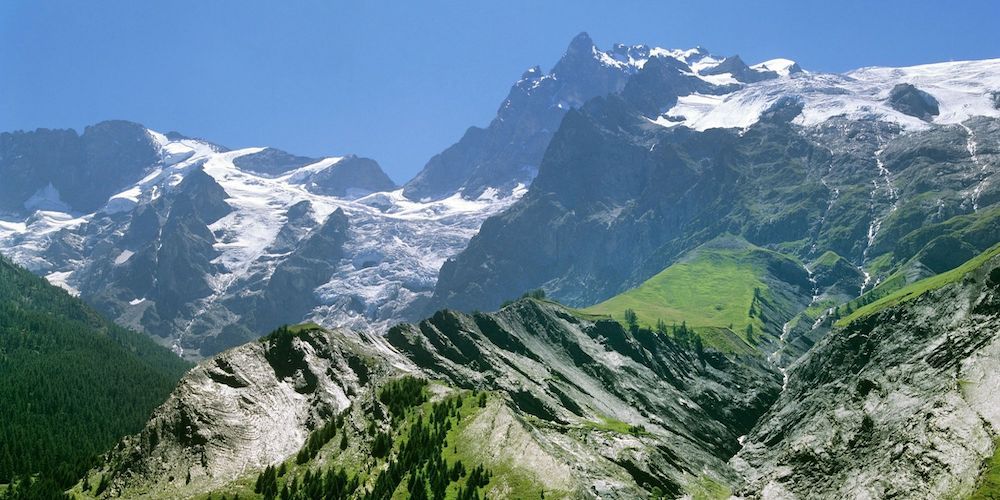
From the Alps to the islands overlooking the Mediterranean, traveling across Italy is like discovering many worlds in one. Each region has its own rhythm, and as the kilometers pass by, every part of the Bel Paese tells its own unique story.
- In the North, we are welcomed by majestic lakes and peaks, and the vast, orderly plains where traditions still follow the rhythm of the seasons. Cities like Milan, Turin, Bologna, and Venice offer art, culture, and elegance amid historic museums and cafés. Here, the climate changes sharply with the seasons, featuring cold, foggy winters and cool summers in the mountains.
- In the South, it's the sun that marks the days, with cliffs, countryside, and timeless villages that tell of slower, deeper rhythms tied to the land and traditions. From Puglia to Calabria and Sicily, the South greets us with the light of the sea and the aroma of its recipes, enjoying a pleasant climate characterized by long, hot summers and mild winters.
So, which territory to prefer, North or South Italy? If we seek the charm of art cities and the silence of the mountains, the North will surprise us with its elegance and nature. If instead we love Mediterranean landscapes and intense flavors, the South will welcome us with its proverbial warmth. Two different souls, both authentic and waiting to be discovered.
Listen to the podcast version of the article with Monna Lisa and Leonardo's voices
Culture and lifestyles: the different rhythms of North and South
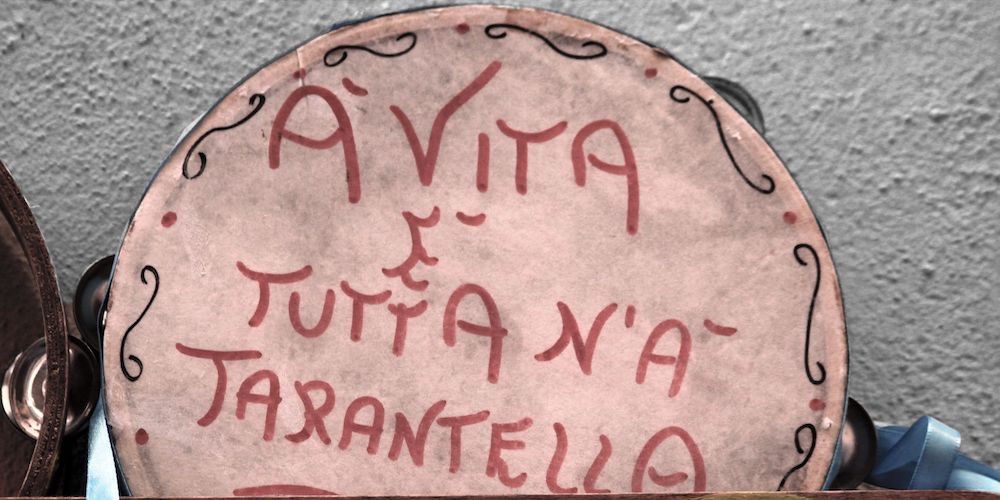
Cultural differences between the North and South are deeply rooted in history and reflected in daily habits.
- The North, influenced by neighboring France, Switzerland, and Austria, tends to be more organized, dynamic, and work-oriented. Cities are often more reserved and efficient, with a structured and fast-paced lifestyle.
- The South moves at a slower pace and exudes a palpable warmth: relationships and traditions play a central role, and the community comes alive in every gesture, whether a spontaneous smile or an invitation to share time together.
For a more orderly and urban travel experience, the North is the ideal choice, with its modern centers and a life always on the move. If you are drawn to the lively atmosphere of squares, vibrant colors, and authentic traditions, the South will captivate you at first glance!
Culturally, then, are people really that different between North and South? Yes, but it is precisely in this diversity that the true richness of Italy lies.
Products and flavors: a Northern vs Southern Italy guide
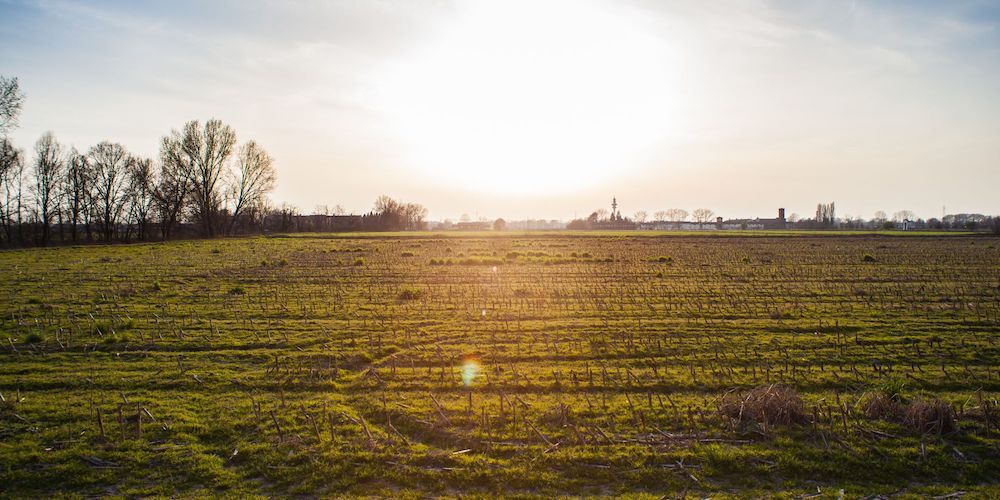
If we're talking about a North vs South Italy travel experience, we can’t skip a chapter on food. For anyone visiting Italy for the first time, discovering the country’s extraordinary cuisine means diving into one of its most authentic and rewarding experiences—a way to taste the cultural richness of the peninsula, one dish at a time.
- In Northern Italy, flavors reflect the diversity of the landscape: from hearty Alpine recipes made with butter, speck, polenta, cured meats and aged cheeses, to the creamy risottos of the plains. Ingredients like rice, corn, and dairy define a cuisine that’s both rich and refined, often enhanced by mushrooms, truffles, and regional specialties.
- In the South, durum wheat, olive oil, ripe tomatoes, and fresh seafood reign supreme. Dishes are bold, sunny, full of Mediterranean color and aroma. From Neapolitan pizza to Sicilian arancini, and homemade pasta topped with simple yet flavorful sauces, Southern cuisine is all about tradition and conviviality.
From Milan to Sicily: must-see places in Italy
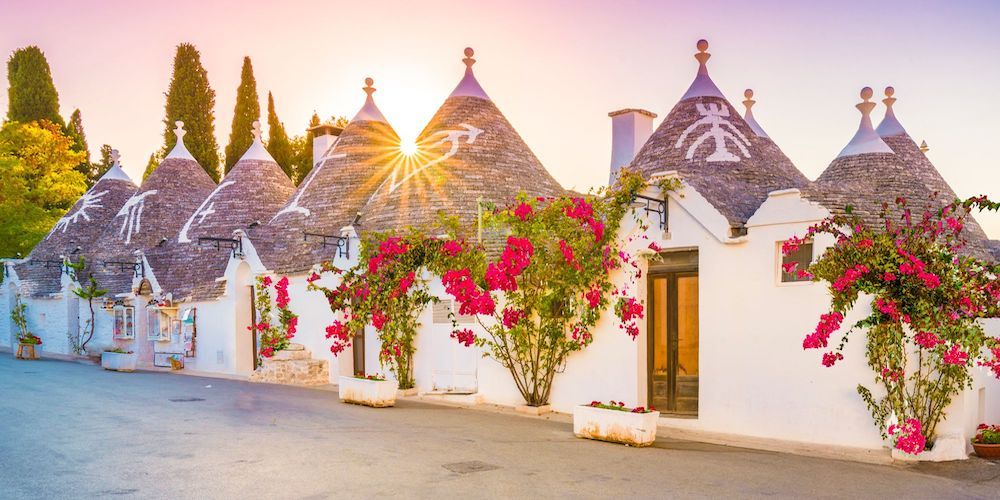
Italy is a mosaic of landscapes and wonders; that’s why, sometimes, choosing which region to visit first can be as challenging as it is fascinating. In this regard, the differences between the North and the South are clearly visible in their places and atmospheres.
- Northern Italy enchants with its cities and majestic nature. Milan, a metropolis that surrounds us with its fashion and design; the canals and art of Venice; the history, elegance, and romance of Turin, Bologna, and Verona; the lakes of Como and Garda; and the snow-capped peaks of the Dolomites.
- The South offers something different, almost like an ancient and evocative story: the ruins of Pompeii, the Amalfi Coast, the trulli of Puglia, the alleys of Matera, the baroque squares of Sicily, and much more, set within landscapes scented with olive trees and the sea.
These are just a few examples of a heritage that never ceases to amaze. North and South, with their differences, invite you to discover an Italy rich in contrasts and harmony, so that every visit becomes a unique and unforgettable journey.
Traveling in Italy: costs, transportation, and infrastructure: North vs South comparison

Is Northern Italy more expensive than the South? In general, the answer is yes.
- The North, generally wealthier and more developed, offers an efficient and widespread public transportation system, especially in large cities and major railway hubs. Traveling by train is comfortable and common, with frequent connections that make journeys between cities easier and faster.
- The South is more accessible for those on a limited budget, with generally lower costs for food, accommodation, and local transportation. However, in rural or coastal areas, public transport is not always convenient, and often traveling by car is the best option to discover less touristy and more authentic hidden gems.
Those seeking off-the-beaten-path experiences and a more economical trip can explore the South and enjoy an adventure rich in surprises and culture. Prefer to travel comfortably with well-organized transportation, perhaps because it’s your first time in Italy? In that case, the convenience of the North will not disappoint!
North or South Italy first? How to plan your ideal itinerary in Northern Italy
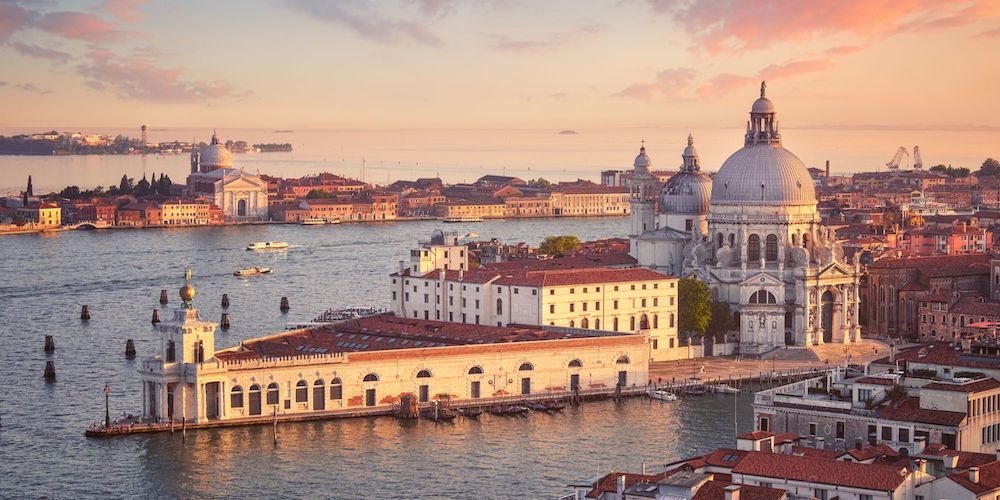
If it’s our first time in Italy, a great idea is to combine the main attractions of both the North and South in a memorable 7-day itinerary.
For the North, starting in Milan is often the most practical choice, thanks to its three airports and excellent train connections that make entering the country and moving between cities much easier.
Day 1: Arrival in Milan, visit the Duomo and the city center, followed by a stroll through the elegant shopping streets.
Day 2: Dive into Milan’s cultural scene with visits to the Pinacoteca di Brera and the Last Supper. In the evening, enjoy the local nightlife along the Navigli.
Day 3: Head to Lake Como for a day trip among historic villas, timeless villages, and breathtaking views.
Day 4: Immerse yourself in the alpine landscapes of the majestic Valtellina mountains.
Day 5: Travel by train to Verona, the city of the Arena and Juliet’s balcony.
Day 6: From Verona to Venice, discovering a magical and truly unique city of art.
Day 7: Explore Venice beyond the iconic sights, wandering through quiet calli and canals off the beaten path—authentic and enchanting.
Enjoy a boat tour on Lake ComoNorth or South Italy first? Find out the Southern itinerary
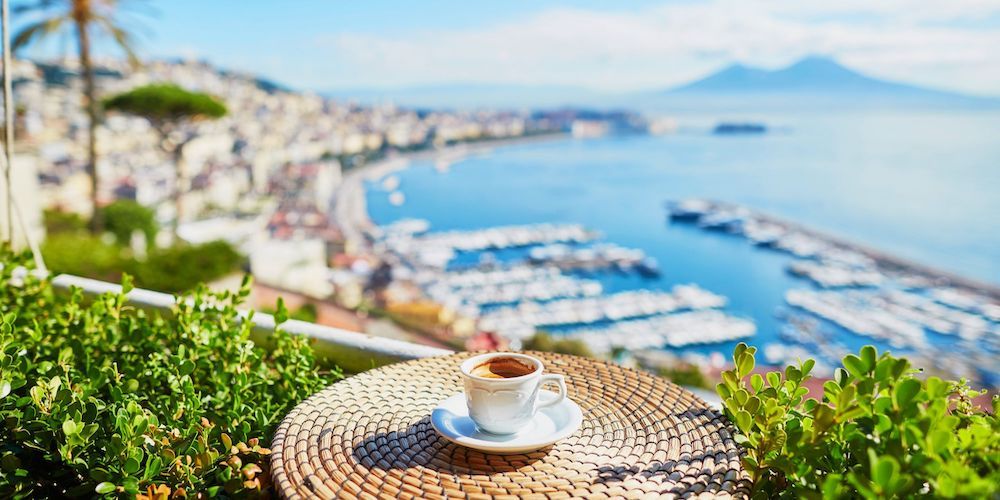
And what about the South? Starting your trip here has a charm of its own: Rome is well connected by international flights and high-speed trains, making it the perfect gateway to explore Campania and the Amalfi Coast.
Day 1: We arrive in Rome and dive right into the area of the Colosseum and Fori Imperiali.
Day 2: St. Peter’s Basilica, the Vatican Museums, Castel Sant’Angelo, and Trastevere—Rome is a treasure chest of unique gems worth the journey alone.
Day 3: Let’s head to Naples by train, a short ride that leaves us with the entire afternoon to explore the enchanting historic center.
Day 4: A day steeped in history and nature: from the timeless ruins of Pompeii to the mystical slopes of Mount Vesuvius.
Day 5: We rent a car and begin our drive along the Amalfi Coast, with a first stop in charming Sorrento and its fragrant lemon groves.
Day 6: Let’s explore Positano and Amalfi, two jewels of the coast: narrow alleys, beaches, churches, and postcard-perfect views.
Day 7: Depending on time and energy, we can either enjoy one last adventure on the stunning island of Capri or continue south to the Cilento, and even further on to Calabria or Sicily.
Buy tickets to visit the ColosseumTraveling in Italy – FAQ North vs South Italy
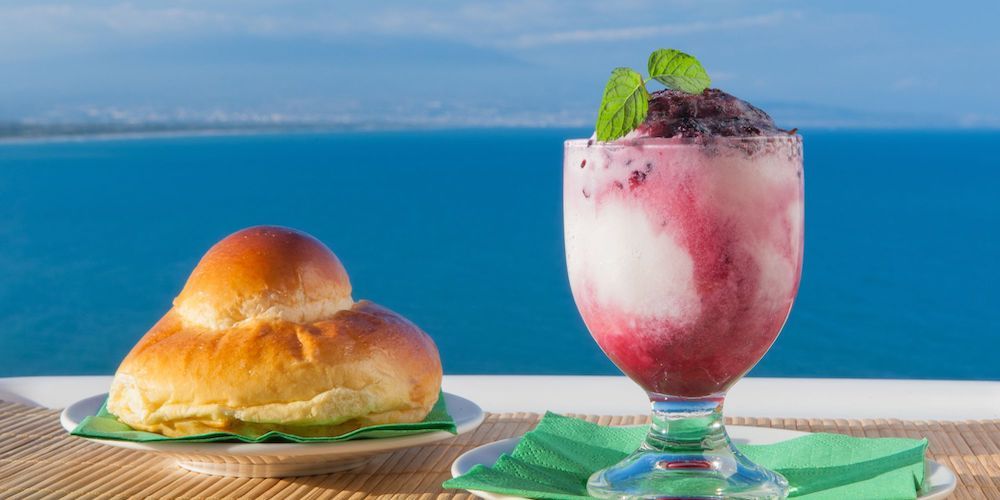
1. Which area is more expensive, North or South Italy?
Generally, Northern Italy tends to be more expensive, especially for hotels, transportation, and restaurants in major cities.
2. Are people different between North and South Italy?
Yes, a bit! In the North, people are often described as more reserved and precise, while in the South they’re known for their warm hospitality and strong sense of community.
3. What are the climate differences?
In the North, winters are colder and summers are warm and humid in the plains, milder along the Alpine region. In the South, winters are pleasant and summers bring dry heat, especially along the coast.
4. Which area suits my travel style better?
Every part of Italy, North or South, is definitely worth the trip! If you like well-organized routes with lots of art and culture, head North. If you’re looking for relaxation, stunning landscapes, and great food, the South is more your style.
5. Where is it easier to drive, North or South?
Driving in the North is easier, thanks to better roads and signage. In the South, driving can be more “lively,” especially in cities, and having a car is often necessary to explore villages and rural areas.
About the author
Written on 04/08/2025

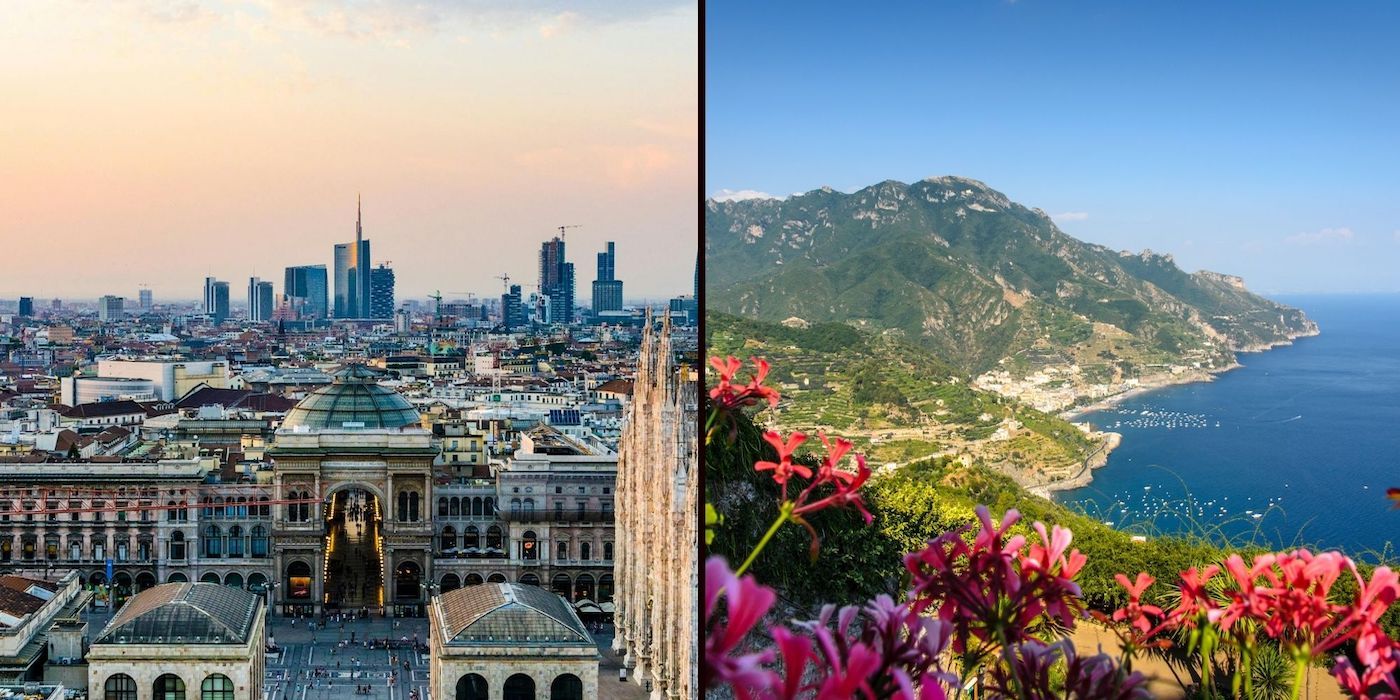

Alessandro Savino
North vs South: Italy is a journey through diverse cultures and landscapes that shape unique experiences. Where should we start our travel?